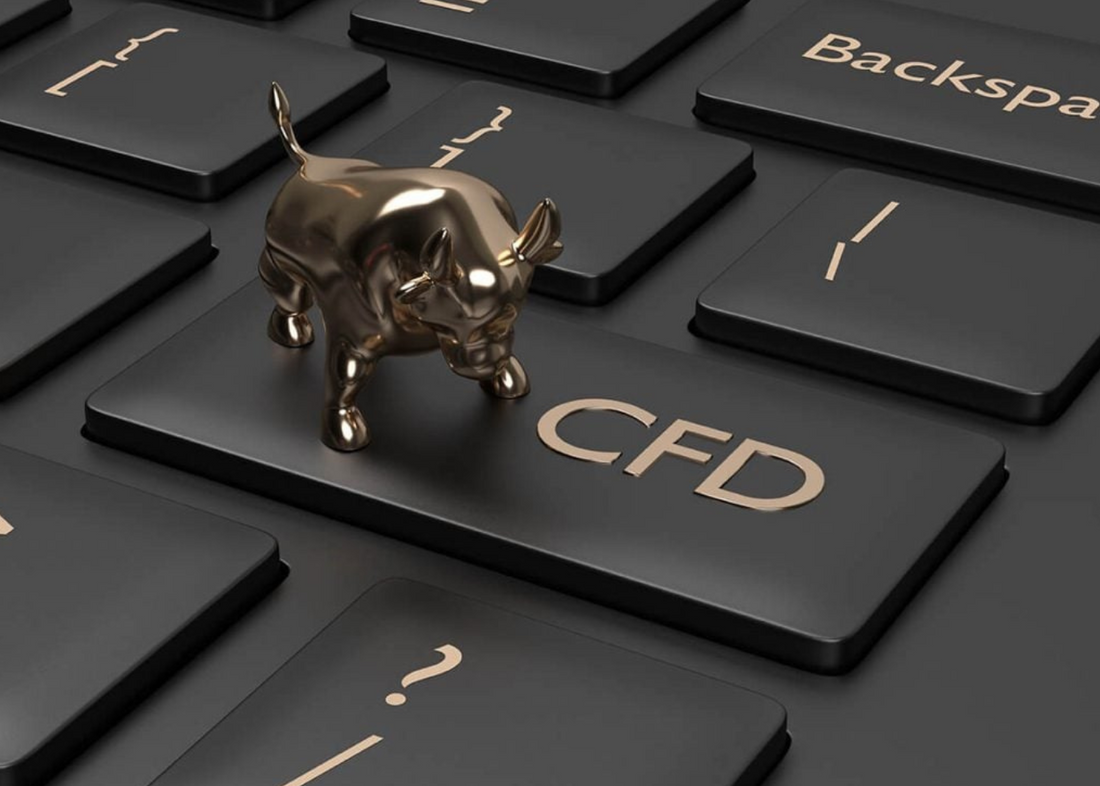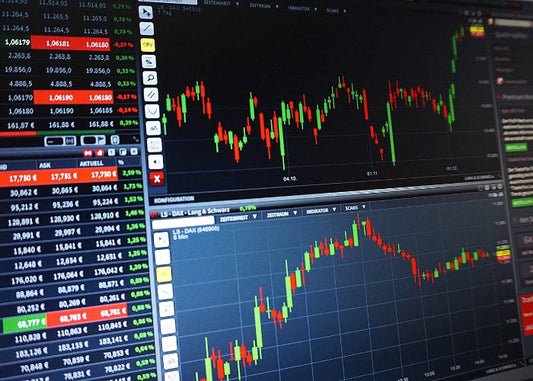CFDs - Instrument for Speculative Investors and Traders

Investors have numerous possibilities to act on financial markets. CFDs are a rather speculative instrument. What is behind the abbreviation and what do these instruments stand for?
CFD means Contracts for Difference. With the help of CFDs, investors participate in the development of the price difference of an underlying asset. This can be a variety of securities, such as stocks, indices, currencies, or even commodities and special forward contracts (futures). The underlying asset is not physically traded, but only a contract. With CFDs, both price directions of the underlying can always be traded. Investors can go "long" on the expectation of rising prices or "short" on a decline in the price.

Profit and loss depend, of course, on whether the direction of the trade was correct. Who assumes that the Amazon share price will fall, can bet on falling prices with a short CFD and profit from it. CFDs, as the name "Contracts for Difference" suggests, are about the difference between the buying and selling price. Profits and losses are always realized when the position is closed.
An important feature of CFDs is the so-called leverage or leverage effect, with which a higher position value can be moved speculatively. For example, if you want to trade Amazon shares for 10,000 euros, you can achieve the same effect with CFDs and a leverage of 5, while only paying 2000 euros into the trade. For this purpose, a so-called security deposit is deposited with the CFD, the so-called margin.
Example:
The ABC share costs 100 euros and an investor wants to participate in the performance of the share with a leverage of 10. He is willing to invest 500 euros, so his capital investment is 500 euros. He could buy 5 ABC shares with it, however, his position is unleveraged. In order to participate with a lever of 10 in the price development of the ABC share, the CFD-buyer deposits the 500 euros as a margin and buys 5,000 euro ABC shares, which means 50 pieces. If the share rises now by 20 percent to 120 euro, the long CFD position obtains a profit of 1000 euro: 50 ABC shares as CFD times 20 euro profit. With a margin of 500 euro, the investor obtains a profit of 200 percent with an initial investment of 500 euros. If the ABC share should lose 20 percent, losses result to the same extent.
However high leverage can cause large fluctuations in the deposit or CFD account. While blue chips often fluctuate little, this fluctuation multiplies rapidly upwards with leverage, often into double digits. In the negative case, the effect also works against the investor, who may then has to realize high losses. Leveraged trading with CFDs makes it possible to enter into a higher position value than with conventional spot trading in the underlying. Let's say you want to open an Apple position with 500 shares. With a traditional investment, you would have to pay the full share price. With CFDs, however, you have to deposit less, for example, only 20 percent as a margin. If the loss of a position reaches the amount of the margin, the position is usually closed. In CFD trading, there is a so-called margin call. Especially in the case of large price jumps and so-called "gaps", i.e. price gaps or price jumps that often occur overnight, such a scenario can occur.

Advantages of CFD trading:
- Investors can trade a variety of underlying assets, which is often difficult to replicate. In addition to shares, commodities or currencies are available.
- The trading hours in CFD trading offer great opportunities for active traders. Especially currencies or indices are traded almost 24/7.
- In the positive case, the yield can be increased by the leverage. Those who have limited capital can use leverage but should consider the loss possibilities.
- Through the leverage of a CFD, one can profit from even small price movements. While with a share a profit of 1 or 2 percent is only slightly reflected in the portfolio result, this profit multiplies with CFD trading. Thus CFDs are particularly interesting for short-term-oriented traders.
Disadvantages of CFD trading:
- While one can theoretically remain indefinitely invested in a stock, in leveraged trading with CFDs the deposited margin limits the commitment. If the position runs against the desired direction, one must add capital or close the investment.
- High leverage can quickly overwhelm private investors. In a negative case, one is confronted with high losses, which is psychologically a burden.
- Many underlying assets are traded almost 24/7. This means that a position can also run in an undesirable direction at night.
No comments
Home
Trive
TriveHub





0 comments